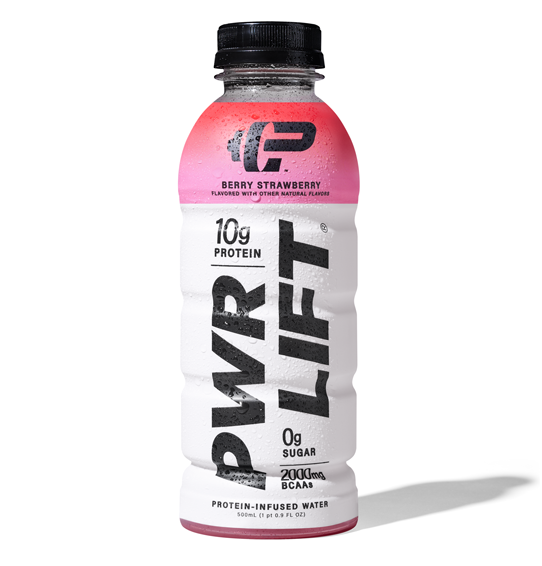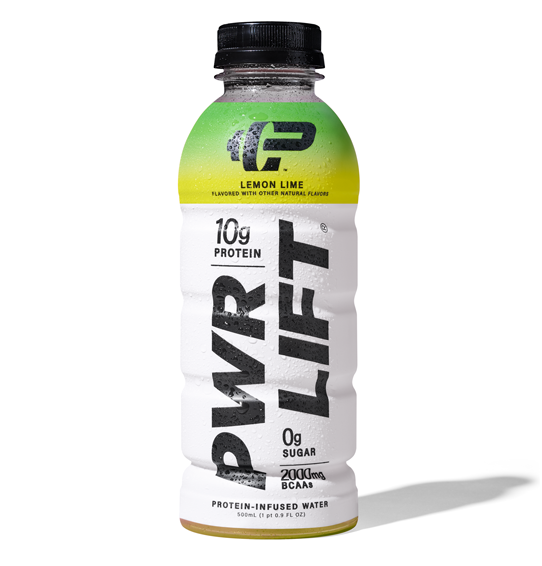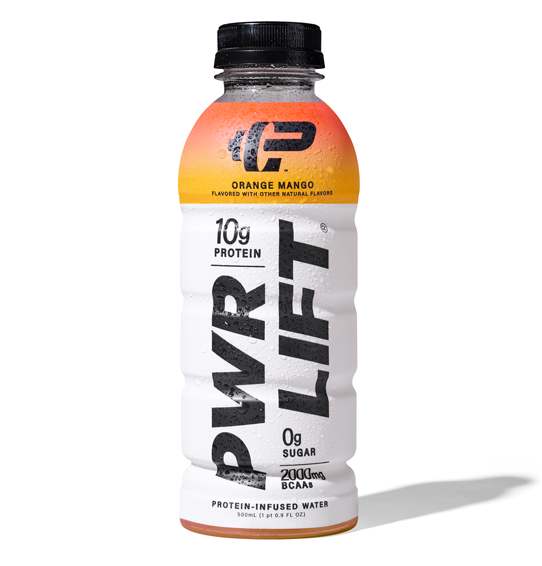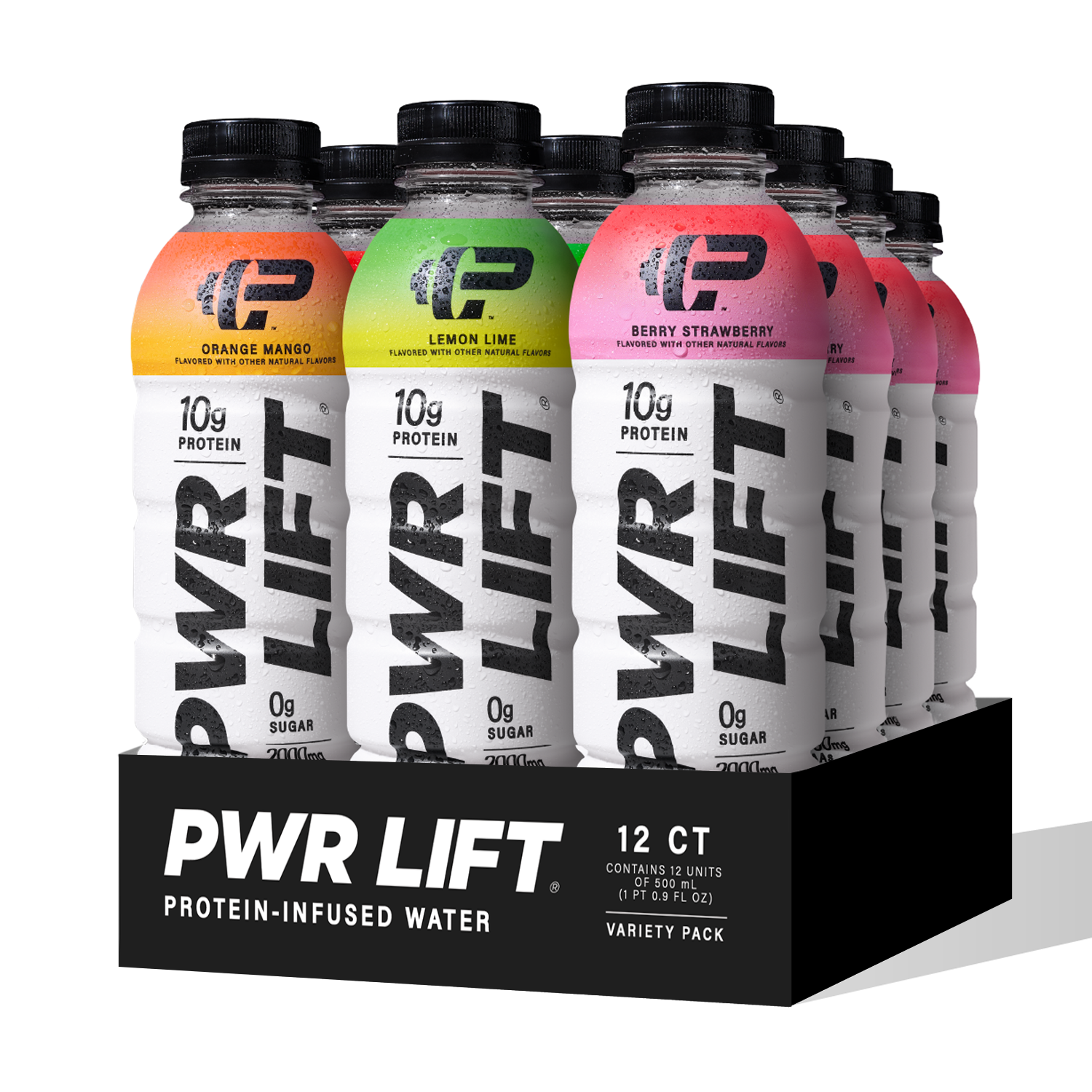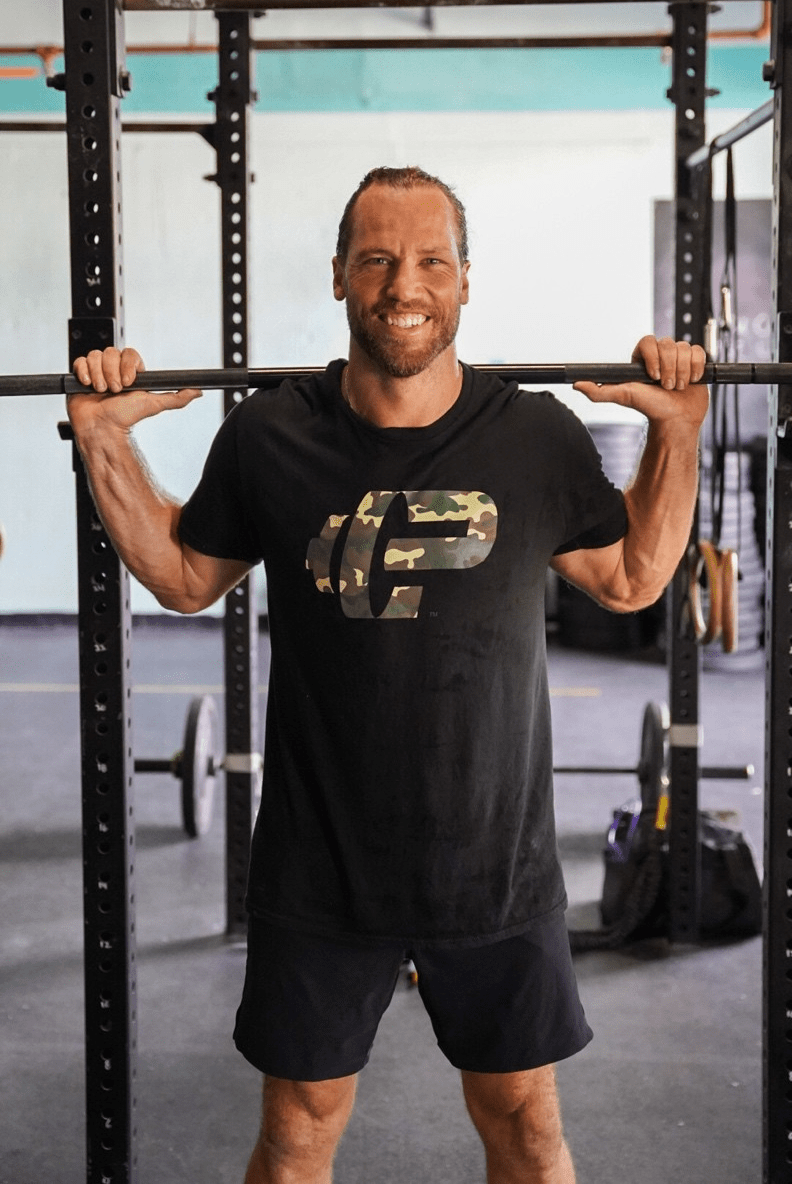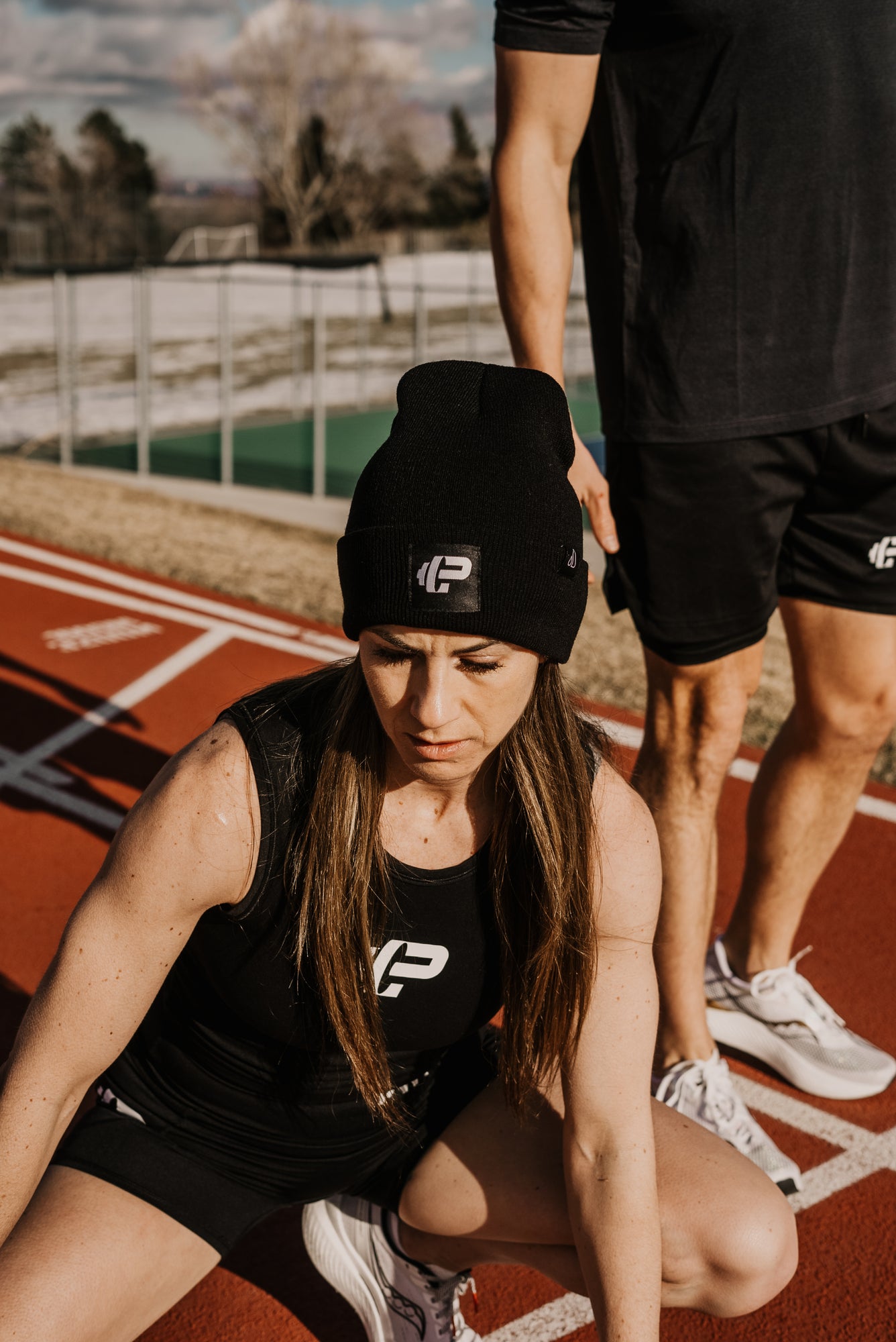Those cylindrical-shaped objects you see at the gym are worth your time more than you know. Just five minutes of foam rolling before or after your workout can help relieve muscle tightness, soreness, and inflammation, as well as increase your joint range of motion. Read on to find out more about foam rolling and how you can incorporate it into your workout routine.
Muscle Knots, Be Gone

Foam rolling is a self-myofascial release (SMR) technique. When you foam roll, the pressure you put on your muscles and the tissues wrapped around them helps to release the tension built up from your workout.
The Benefits of Foam Rolling

1. Eases Muscle Pain & Soreness
When you foam roll, you’re sending signals from your muscles to your nervous system. Your nervous system then processes these pressure signals and sends them back to your muscles. This allows your muscles to relax and relieves any pain you may be feeling.
2. Increases Range of Motion
In a study done by the National Institutes of Health, it was found that foam rolling has short-term effects on increasing joint range of motion without negatively affecting muscle strength, making it the perfect pre-workout and post-workout body maintenance technique.
3. Relieves Back Pain
Back pain is often caused by poor posture like slouching and improper overuse of muscles, leading to strain. Foam rolling on your back and using the foam roller as a tool to help stretch your back will help release muscle knots.
4. Encourages Relaxation
Many people find foam rolling to be relaxing. This sensation is brought on by the relief of tightness in your muscles, helping you feel calmer and less tense.
Tried & True Roll Techniques

If your muscles are tight, it may be painful to foam roll at first. You can build up pressure as you go, but start with light pressure with your hands on the ground and gently roll back and forth over your targeted body parts. Slowly roll tender muscle areas for 10 seconds to start, eventually working your way up to 30-60 seconds per muscle group.
Fool-Proof Muscle Areas to Foam Roll:
- Adductors (inner thighs)
- Back
- Calves
- Glutes
- Hamstrings
- Hip Flexors
- IT Bands (outer thighs)
- Lats
- Quads
- Shoulders
Using the Foam Roller to stretch:
1. Back & Chest Stretch
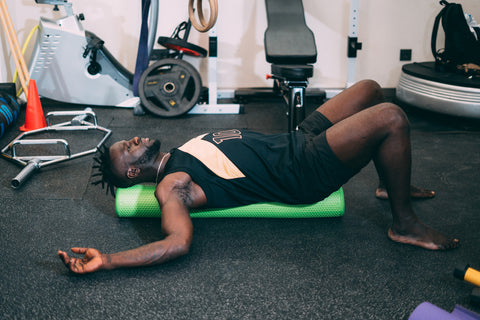
Lie down lengthwise on the foam roller, making sure your tailbone and head are both directly on it. Bend your knees to keep a neutral spine. Spread your arms out to form a football goalpost shape, stretching your back and chest. Let gravity pull your shoulders back, and hold this stretch for 30 seconds to one minute.
2. Neck Stretch
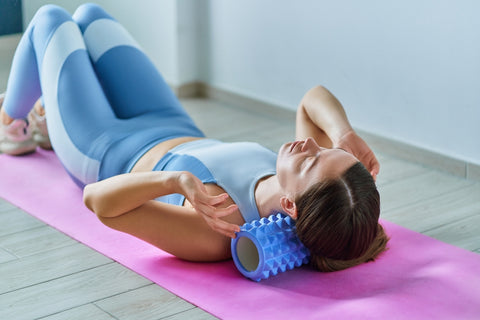
Rest your neck on the foam roller at the top where it connects to your head. Slowly turn your head to right, then exhale and slowly turn your head to the left. Repeat this motion for 30 seconds to one minute.
A Strong Recovery Tool

At PWR LIFT, we’re always reinforcing that recovery is just as important as training, and foam rolling is a great recovery tool to keep in your toolkit. While you’re stretching after a workout, pick up a roller at the gym (or keep one at home) and add in some foam rolling time. Because foam rolling is also great for increasing your range of motion, it can also be added into your pre-workout warmup routine for 5-10 minutes.
Staying Hydrated
Drinking up after you foam roll is extra important. Much like a deep-tissue massage, foam rolling can leave you dehydrated. Reach for a PWR LIFT to get that boost of 10g of protein for additional muscle recovery and hydration.

